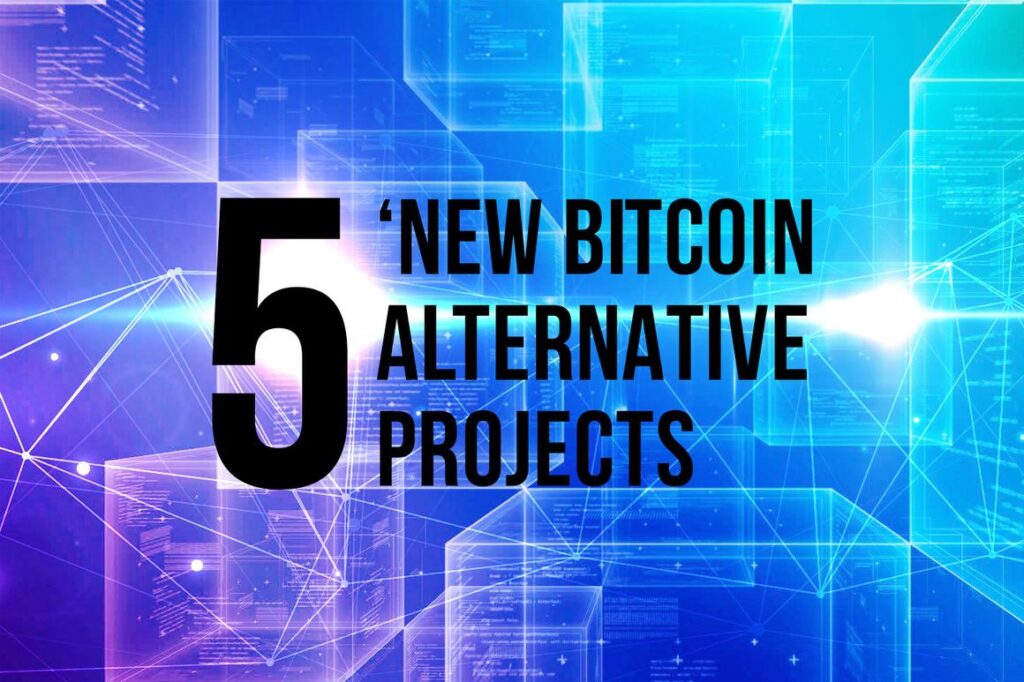A debate has reignited among Bitcoiners over a six-year-old Bitcoin Improvement Proposal ( [BIP](https://cointelegraph.com/explained/what-are-bitcoin-improvement-proposals-bips-and-how-do-they-work)) to add “sidechains” on top of the network, with some warning it could increase scams on the Bitcoin network and others saying it will bring new users of the cryptocurrency.Meanwhile, one developer claims to have found a way to achieve the proposal’s goal without a soft fork of the blockchain.The proposal in question, BIP-300 — also known as Bitcoin ( [BTC](https://cointelegraph.com/bitcoin-price)) Drivechains — was first introduced in 2017, which proposed introducing “sidechains” that are separate blockchains on top of the Bitcoin network.Paul Sztorc, the proposal’s author and founder of the Drivechain development firm LayerTwo Labs — which [raised](https://twitter.com/Truthcoin/status/1605177605799526401) $3 million in December — has [explained](https://www.drivechain.info/) that the blockchains would allow for BTC to move onto them and create altcoins.This is how Bip300 can eliminate all crypto and fiat transactions, leaving only Bitcoin— LayerTwo Labs (@LayerTwoLabs) [pic.twitter.com/1TwQsu9ZPj] [July 10, 2023] The debate over the proposal was kicked up again on Aug.22, when a Bitcoin core developer known as Luke Dashjr rewrote the proposal’s code and [requested](https://github.com/bitcoin/bitcoin/pull/28311) to add it to Bitcoin’s codebase.
BIP-300 would require a [soft fork](https://cointelegraph.com/learn/soft-fork-vs-hard-fork-differences-explained) of Bitcoin that would be activated by miners — not unlike [the Taproot soft fork](https://cointelegraph.com/news/breaking-the-bitcoin-network-welcomes-taproot-soft-fork-upgrade) in November 2021 that paved the way for the equally controversial nonfungible tokenemulating Ordinals and BRC-20 tokens that launched earlier this year.On Sept.
10, Maxim Orlovsky, the CEO of blockchain scaling solutions project Pandora, posted on X (Twitter) claiming he was able to create a [two-way peg](https://cointelegraph.com/learn/what-is-blockchain-interoperability-a-beginners-guide-to-cross-chain-technology) on Bitcoin without a soft fork of the blockchain, which BIP-300 requires.Just understood that one can do cryptoeconomically-safe trustless 2WP on— Maxim Orlovsky (@dr_orlovsky) [#Bitcoin]without any softfork today – using Prometheus – our 5-year old proposal for arbitrage of any high-load Turing-complete computing on top of Bitcoin: [https://t.co/NljYszgkk7] [pic.twitter.com/wV5MDuqUov] [September 10, 2023] In an accompanying [note](https://lists.linuxfoundation.org/pipermail/bitcoin-dev/2023-September/021948.html), Orlovsky explained an old project proposal could work as a BIP-300 alternative with an oracle working to validate a sidechain and “the protocol will reach consensus on whether the state reported by the oracle is correct.” Details, so far, are sparse.Orlovsky [said](https://twitter.com/dr_orlovsky/status/1701197884555776319) he would work on a paper describing the setup “in [an] understandable way.” Meanwhile, BIP-300 proponents, including Sztorc, argue that Drivechains will allow users to choose a blockchain security model they agree with and how they want their Bitcoin to work.Sztorc also [claimed](https://twitter.com/Truthcoin/status/1695488926927016005) the proposal has “enormous upside” with “literally zero downside.” Related: [No, Bitcoin withdrawals from exchanges are not inherently bullish for crypto](https://cointelegraph.com/news/bitcoin-withdraws-from-exchanges-is-not-inherently-bullish-for-crypto) Others, including Cory Klippsten, the chief of the BTC-only exchange Swan Bitcoin, rejected the proposal — with Klippsten claiming Drivechains would increase the amount of scams on Bitcoin, which may catch the ire of regulators.One potential downside of Drivechains:— Cory Klippsten | Swan.com #Bitcoin (@coryklippsten) Having lots of scams on Bitcoin will make people and regulators (understandably) think that Bitcoin is full of scams.[August 27, 2023] Pierre Rochard, the VP of research at Bitcoin miner Riot Platforms, [said](https://twitter.com/BitcoinPierre/status/1693742231587291438) the proposal’s messaging relies on “speculative economic arguments rather than substantive engineering ones” and added it was “pure hopium.” Drivechain’s “force a softfork to kill sh*tcoins” marketing somehow manages to be both anti-bitcoin and anti-“crypto”.Also pure hopium.It’s a distraction.
Strong NACK.— Pierre Rochard (@BitcoinPierre) [August 21, 2023] Others who lent their voice to support BIP-300 included educator Dan Held, who [claimed](https://twitter.com/danheld/status/1694063601491787906) that Bitcoin is better off with more speculative assets as they “introduce new audiences to Bitcoin.” Meanwhile, Bitcoin wallet provider Casa co-founder Jameson Lopp said he’s yet to see a “convincing concern” of how sidechains could be dangerous to the main Bitcoin blockchain.I’m generally in favor of finally fulfilling the promise of 2-way pegged sidechains.I’ve yet to see a convincing concern of how it could be dangerous to the main chain.Some folks have said it could be dangerous if a sidechain became more valuable than the base chain, but seems…— Jameson Lopp (@lopp) [August 30, 2023] He added if a sidechain becomes more valuable, it could signal that the base chain “should implement that sidechain’s features.” Magazine: [Recursive inscriptions — Bitcoin ‘supercomputer’ and BTC DeFi coming soon](https://cointelegraph.com/magazine/recursive-inscriptions-bitcoin-supercomputer-defi-aws-possible/).
